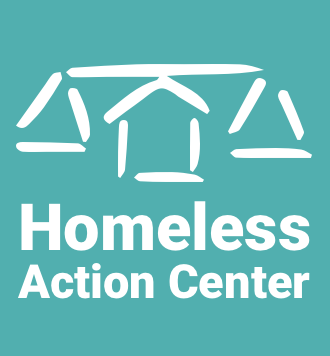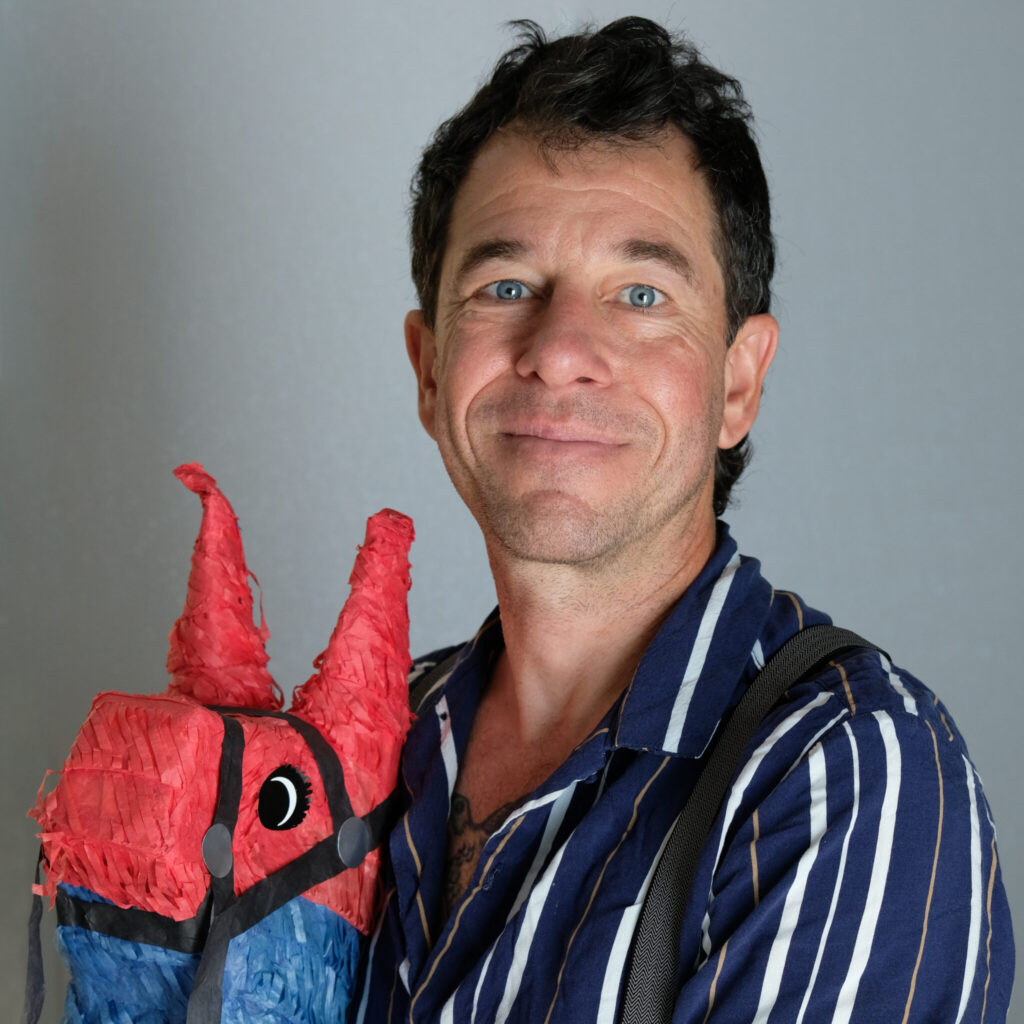By Daniel (Danny) Homer, HAC Managing Attorney
When new people start at HAC, sometimes I hesitate to tell them I’ve been at HAC for almost 15 years. Other times I tell them 15 years out of sheer and utter joy. It just depends on the day of the week, my workload, and stress level. Time is fungible. Fifteen years can feel like an eternity, stretching back to a time I can hardly perceive, a distant, mythic past. Or it can feel like an instant – all of a sudden, 15 years later.
I never thought about being an attorney when I was younger. In my work life before HAC, I was in punk rock bands, playing local shows in nasty basements and stinky clubs and touring all over the place, working at art stores, ceramics studios, catering – any work flexible enough to allow my musical pursuits and pay the rent. Through the punk music scene, I was exposed to activist communities, specifically harm reduction-based services like needle exchange and homeless outreach. I did some work providing these services and later, from those experiences, I worked as a case manager in supportive housing.
Walking into HAC and volunteering grew me a little.
I first learned about HAC in a circuitous way. Because I was touring, I left my car parked on the street without a care (yep, did not care about parking tickets at that age), accumulating thousands of dollars of street sweeping parking tickets, up to the point when they put a boot lock on the car. I found out that in Berkeley you could volunteer to work off parking ticket fines. I looked at the list of places to volunteer and there was this group called Homeless Action Center. I thought, Hey that sounds like a cool place, I’ll volunteer there. I arrived in shorts and a cut-off, torn punk band shirt. I was in my 20s but I was not a very adult mid-20s. Walking into HAC and volunteering grew me a little – it gave me a sense of possibility, of how to merge my personal values around justice and harm reduction into a career. Until that point I only had one plan, a backup plan: to be a lounge piano player.
Everyone working at HAC at that time (I think only six people then – now we are more than 80!) they were all so cool. Very passionate about the work. Extremely smart. Really strong values towards harm reduction philosophy and client-centered services. It reminded me of the homeless outreach and needle exchange work I had done, except with a law degree. So cool.
While I was a case manager in supportive housing, I worked in a specific building. The other case managers and I served the folks that lived in the building. They were all formerly homeless. For some of them, it was the first time since they were adults that they lived inside housing. That job was great – very fulfilling. While there, the concept of emotional support animals was still relatively new but gaining traction and interest. The building management company barred pets. To overcome the bar, it took a letter from a treating provider saying that having a pet would improve the person’s mental wellbeing. From personal experience with friends and loved ones, and through doing homeless outreach, I knew that sometimes having an animal companion literally gives someone a reason to live and overall promotes mental and physical wellbeing, lowering stress levels and all that good stuff.
Harm reduction is centered on the person receiving services – their interests, their goals.
Given the fact that so many people moving from homelessness struggle with previous traumas that often lead to mental health issues, companion animals sounded great. So, I advocated with the treating providers of the folks I was serving to get emotional support animal letters. Cats, dogs, parakeets, rabbits, rats, one snake. A veritable menagerie grew at the site. And then one day, my boss called me into the office. She said, “Hey I noticed a lot of your clients have pets now.” “Yeah,” I responded, “Isn’t that awesome!” Obvious enthusiasm. “No, it’s not awesome,” my boss responded, explaining that I got the organization serving the clients in trouble with the property management company because they couldn’t stop people from keeping their pets, even though they barred pets, because I helped them get the emotional support animal letters. It was a moment when I realized that that particular path of service was not for me. There are times in those types of organizations when service providers are at cross-purposes between the interests of their clients and the interests of the organizations serving them. Thinking back to my volunteer experience at HAC, and with harm reduction, it was the opposite.
The essence of harm reduction in practice is centered on the person receiving the services, their interests, their goals. To the extent there is a role for the service provider, it’s in the name – reducing harm. When there is guidance provided, it is done so in the form of what’s called motivational interviewing, where you ask simple, straightforward, open-ended questions, along the lines of “How are things going? Anything you’d like to be different?” The goal is to let folks identify for themselves what’s good in their lives and what they might need help with. And when they identify an area that they’d like help in, we try to help if we can. In a similar vein, the role of attorneys and advocates at HAC is to provide client-centered services, to do the best we can based on what the client’s interests and goals are. Fealty lies with the client, not with the organization providing the services. To me, this is an essential component in how I engage with clients and the community as a service provider.
At the end of my volunteer experience at HAC, I told the executive director, Pattie, that I thought I might try to go to law school and become an attorney. “Don’t do it,” she responded, “It’ll make you miserable.” Fifteen years later, here I am.

